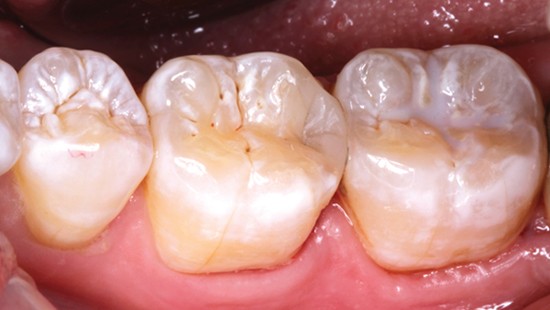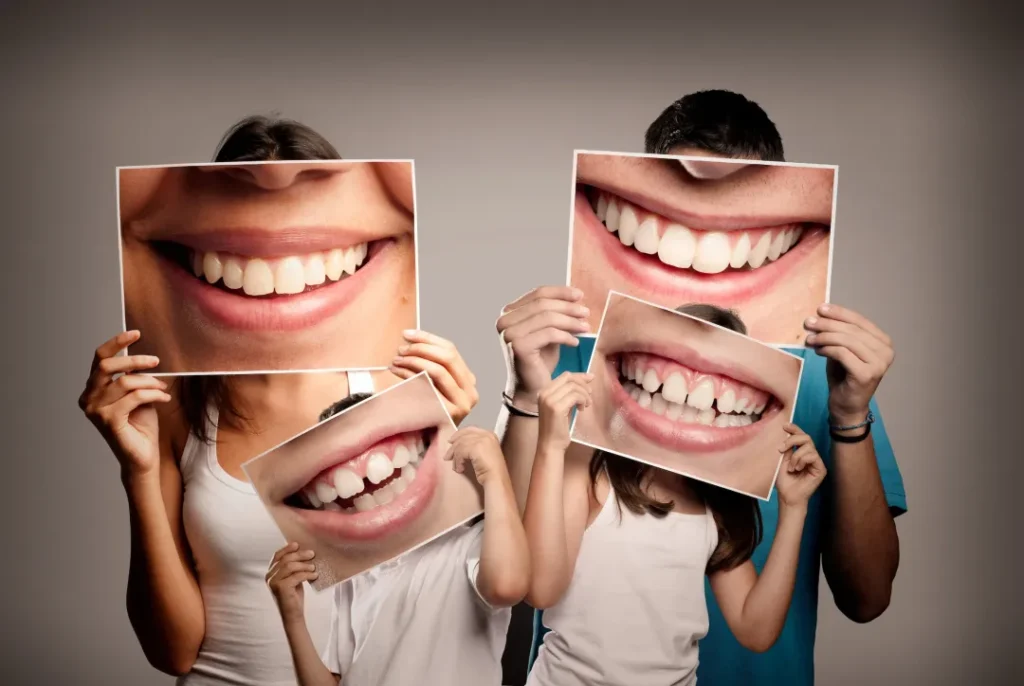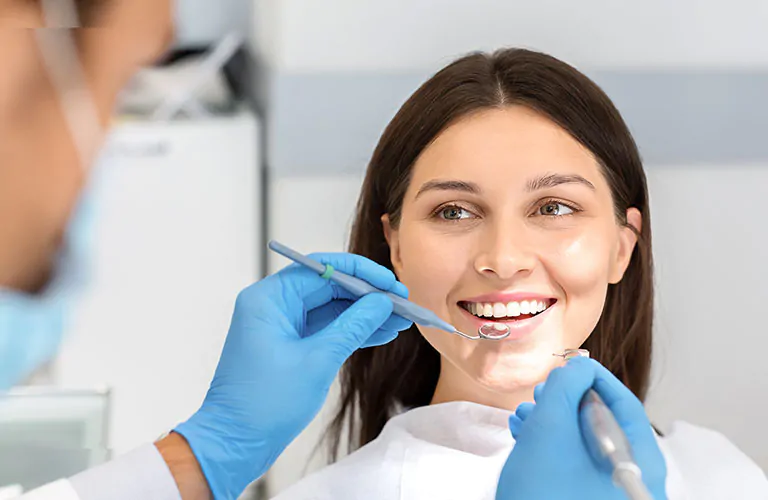The Science Behind Minimally Invasive Cavity Detection

Dentists use advanced technology to improve dental care. You might wonder how they find cavities without causing discomfort. This is where minimally invasive methods come in. These techniques help detect cavities early and with accuracy. Unlike traditional methods, they rely on tools that are gentle and precise. A Denton dentist uses these methods to assess your teeth with minimal fuss. This approach reduces anxiety and enhances your comfort during check-ups. Tools like digital scanners and lasers allow dentists to see more than what’s visible to the eye. They can spot early signs of decay, which means you get treatment sooner and avoid complications. These methods aren’t just about technology. They reflect a shift towards patient-centered care, where your experience and outcomes matter most. As you learn more, you’ll see how this science makes your dental visits smoother and more effective.
Understanding Traditional vs. Minimally Invasive Methods
Traditional methods often involve physical probing and X-rays. While effective, they can cause discomfort and anxiety. Minimally invasive techniques, by contrast, focus on early detection and precision.
| Traditional Methods | Minimally Invasive Methods |
|---|---|
| Physical Probing | Digital Scanners |
| X-rays | Laser Detection |
| Visible Inspection | Infrared Cameras |
The Role of Technology in Early Detection
Technology plays a crucial role in modern dentistry. Digital scanners create detailed images of your teeth, revealing cavities hidden to the naked eye. Laser technology is another tool that measures changes in tooth enamel. This allows dentists to detect decay at its earliest stage.
For more information on dental technologies, you can explore resources from the National Institutes of Health.
Benefits of Early Detection
Why is early detection so important? Catching cavities early means avoiding the need for extensive treatments. This approach not only saves time but also reduces treatment costs. More importantly, it helps maintain your natural tooth structure, promoting long-term oral health.
Patient-Centered Care Approach
Minimally invasive methods prioritize your comfort. They reduce anxiety by minimizing discomfort during assessments. This approach emphasizes open communication between you and your dentist. It transforms the dental visit experience, making it less daunting and more about maintaining well-being.
Real-World Applications
Practices across the country adopt these advanced methods. A focus on early detection can greatly improve oral health outcomes. Research shows that using these technologies can reduce the incidence of cavities significantly.
For further evidence-based information, you can visit the Centers for Disease Control and Prevention.
Conclusion
Embracing new technologies enhances dental care. Minimally invasive methods represent a major step forward. They provide accurate, early cavity detection while prioritizing comfort and care. As dental practices continue to innovate, you benefit from improved experiences and outcomes.
These advancements in dental care reflect a broader trend toward patient-centered practices. They illustrate how technology can improve traditional procedures, making them more efficient and patient-friendly.
Understanding these methods helps you make informed decisions about your dental care. With early detection, you ensure healthier teeth and a brighter smile. Always consult with your dentist to explore the best options for your oral health needs.





